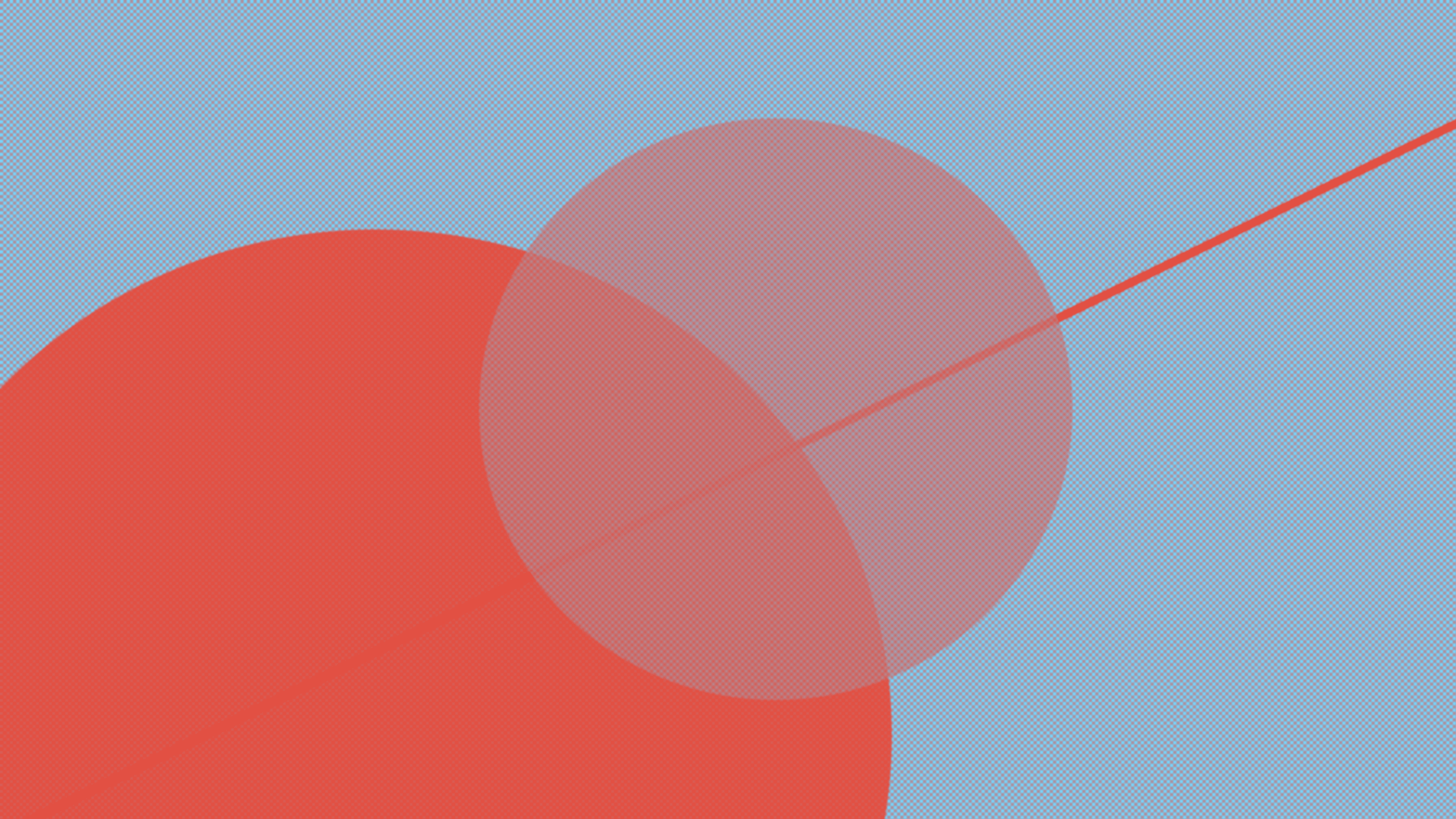Dynamics of leadership in dog packs, communication in the cerebral cortex and modelling anti-tumour immunity: the PLOS Comp Biol January issue
Here is our selection of highlights for PLOS Computational Biology’s January issue.

The movement of a pack of Hungarian Vizslas was tracked by researchers from Oxford University and the Hungarian Academy of Sciences using high-resolution GPS harnesses in order to determine the dynamics of leadership roles, individual social ranks and personality traits. The authors found that the dogs’ movements were measurably influenced by underlying social hierarchies. Dogs that consistently took the lead were more responsive to training, more controllable, older and more aggressive than the dogs that tended to follow.
A fundamental question in systems neuroscience is how the structural connectivity of the cerebral cortex shapes global communication. More specifically Bratislav Mišić et al. found that much of global communication was mediated by a “rich club” of hub regions, which are areas of the brain comprised of densely interconnected nodes. The paper describes how these regions attract the most signal traffic and have more connections than non-rich club regions. Furthermore, a number of these regions were significantly under-congested, which suggests how connectivity can actively shape information flow. Overall, the results reveal a dynamic aspect of the global information processing architecture and the critical role played by the so-called “rich club” of hub nodes.
Recent advances in cancer immunotherapy stem from increasing the number of tumour-infiltrating immune cells, which is accomplished by inhibiting immune checkpoints or adoptive T cell therapy. David J. Klinke used computational methods to identify potential mechanisms present within the tumour microenvironment that limit the efficacy of anti-tumour immunity. The results will help identify design constraints for engineering better pre-clinical models of breast cancer.
